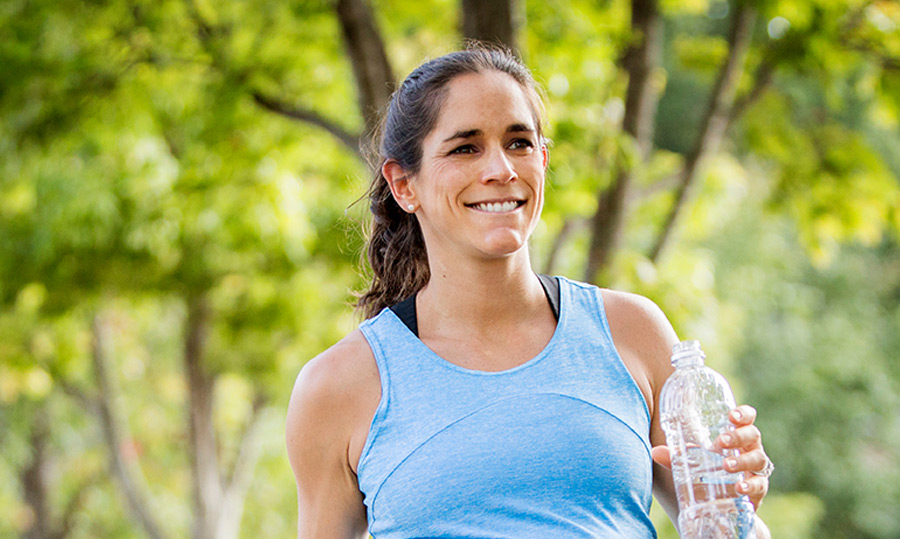As supervisor of Aspirus St. Luke’s Clinical Inpatient Rehab team, I’ve seen first-hand the benefits exercise can have on a person’s health and happiness. In addition, I’m a mother of a toddler with a baby on the way. This means I know full-well the energy and strength required to navigate pregnancy, labor and delivery – not to mention those first few sleep-deprived months after baby is born.
Exercising during your pregnancy can have major health benefits beyond the regular boost to things like mood, energy and sleep quality. It can also reduce your risk of gestational diabetes, preeclampsia and c-section delivery. Additionally, exercising during your pregnancy can help you achieve a healthy pregnancy weight gain of 25-35 pounds.
Getting Started
As with any exercise program, you should consult with your primary care provider before beginning. This is especially true if you weren’t following a regular exercise routine before becoming pregnant.
While you should be able to continue doing whatever exercise you were doing before becoming pregnant, your provider can work with you to determine a more specific plan. Undertaking new types of workouts should be avoided for now. Your first trimester is no time to start training for that marathon!
Low-intensity Options
Whether you were active before becoming pregnant or not, walking is almost always a solid workout option. It’s low impact and low intensity, but still provides all the benefits of physical activity.
If it’s available to you, swimming can also be an effective low-impact option, while giving you an added boost to cardio and strength training.
General Guidelines
A good goal is 30 minutes of moderate activity five times a week. Forget about monitoring heart rate, and pay attention to intensity instead. On a scale of 1-10, with 1 being sitting on the couch and 10 being completely out of breath, aim for a 6. You should be able to maintain a conversation and speak in complete sentences without becoming breathless.
Stay away from exercises that put you on your stomach. After your first trimester, spending too long on your back should be avoided as well, as it can restrict blood flow to your baby. Pass on environments that raise your internal temperature, like hot yoga, hot tubs and saunas. You should also avoid any and all contact sports that could cause trauma to your abdomen.
As you move through the trimesters, your pelvis, knee and ankle ligaments will become more lax. This will increase your risk of injury or sprain, so pay special attention to the stress you’re placing on your legs.
One Final Note
Listen to your body. If you experience sharp pains or bleeding, stop what you’re doing and talk to your provider.
Aspirus St. Luke’s Birthing Center is located in Duluth, MN, with Aspirus St. Luke’s clinics in the surrounding region, including Superior, WI. To schedule a tour of Aspirus St. Luke’s Birthing Center, call 218.249.5605.




